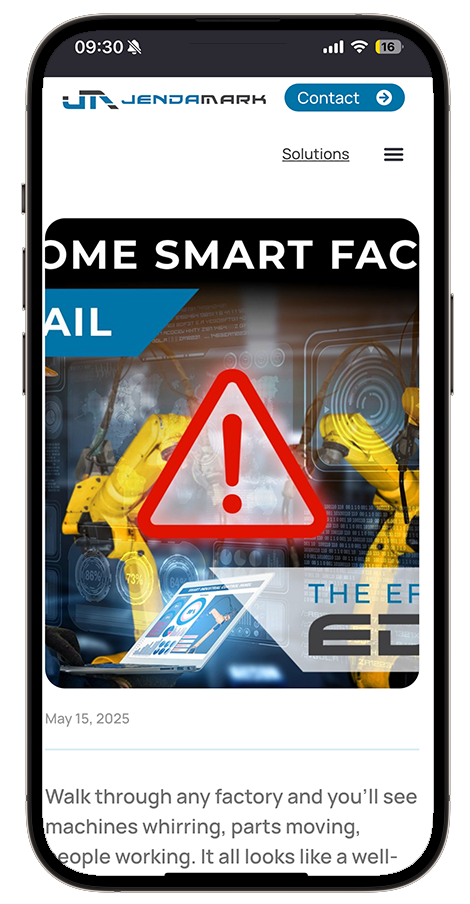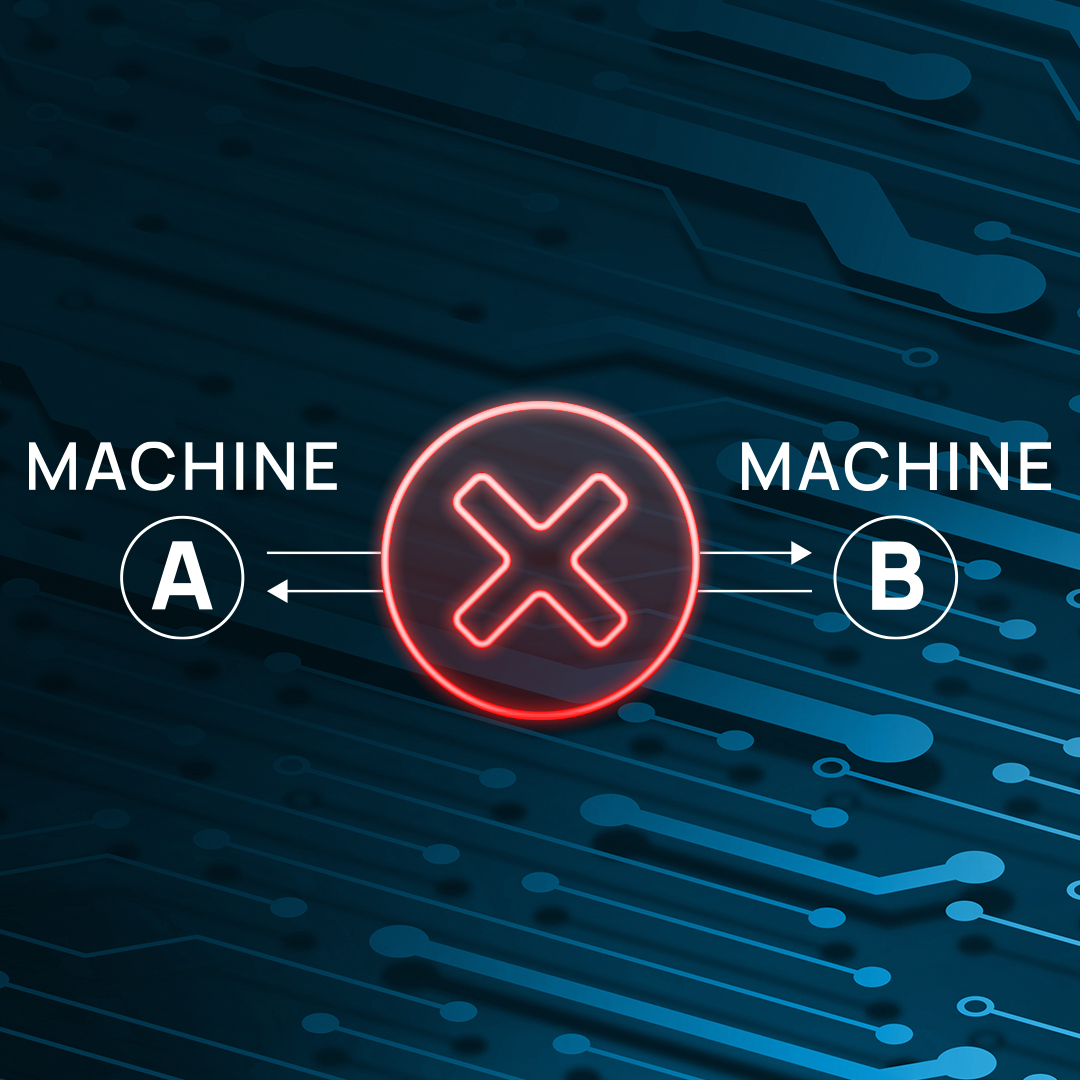LEARN
Articles
Unpacking all things Industry 4.0, automation, and digital manufacturing technologies.
Categories
- Latest Edition
- According to Gartner, organisations using paper-based tasks management systems face a 30% higher risk of operational disruption and compliance failure. Whatever your industry, all teams have routine tasks – like maintenance, quality or safety checks – that support your daily operations, writes our solutions engineering manager, Jeannie Serfontein.
Straight to your inbox
- SUBSCRIBE TO THE EFFICIENCY EDGE

- According to Gartner, organisations using paper-based tasks management systems face a 30% higher risk of operational disruption and compliance failure. Whatever your industry, all teams have routine tasks – like maintenance, quality or safety checks – that support your daily operations, writes our solutions engineering manager, Jeannie Serfontein.
- For more than a century, control over oil production and supply has been a source of global power. Whoever controlled the taps also shaped international politics and economics. With the renewable energy revolution now underway, the world is seeing a significant power shift from oil to a new axis of energy.
- On a recent visit to several automotive manufacturing plants in Detroit, USA, Jendamark’s innovations director, Yanesh Naidoo, noticed a striking pattern: a decline in commercial vehicle orders. This slowdown should be cause for concern, he explains in this article, because it’s an early warning signal to automakers. It’s time to buckle in for a bumpy ride into 2026 and beyond.
- Talk to any industry insider and it quickly becomes clear that the global automotive sector is navigating one of the most tumultuous periods in its history.
- With global markets undergoing seismic shifts, and manufacturers under pressure to respond with speed and resilience, smart factories should already be equipped and agile enough to adapt and deliver.
- Walk into any modern factory – whether in automotive, FMCG, or pharmaceuticals – and the digital potential is undeniable. Sensors blink on machines, interfaces boast predictive dashboards, and cloud platforms toil invisibly in the ether. But behind the tech sheen lies a fundamental issue that most factories still haven’t addressed: vendor lock-in.







